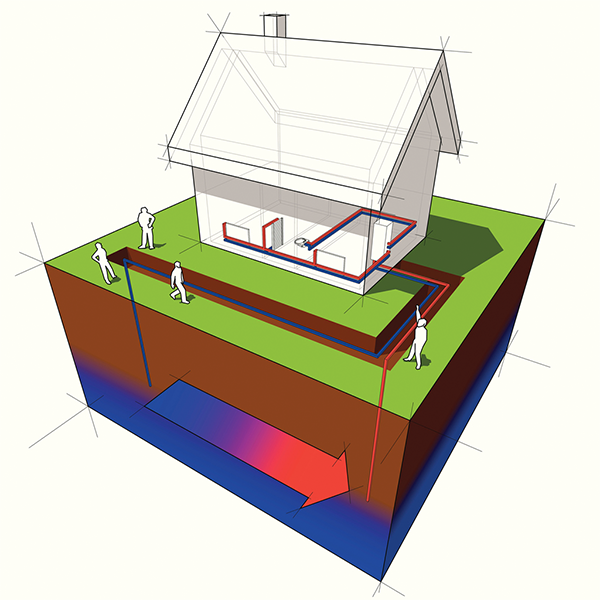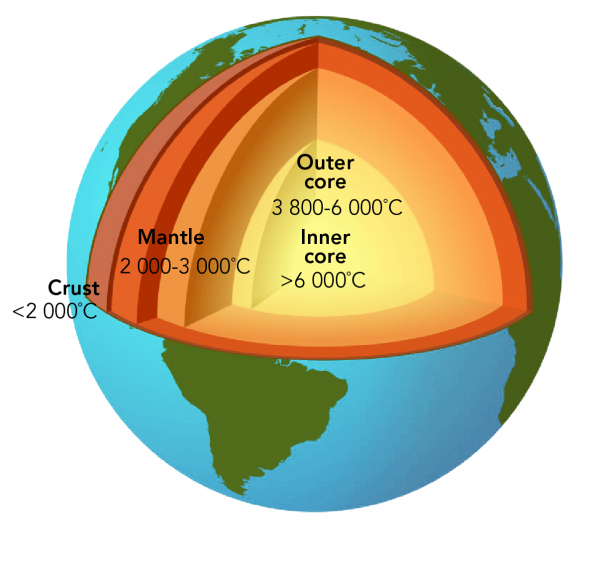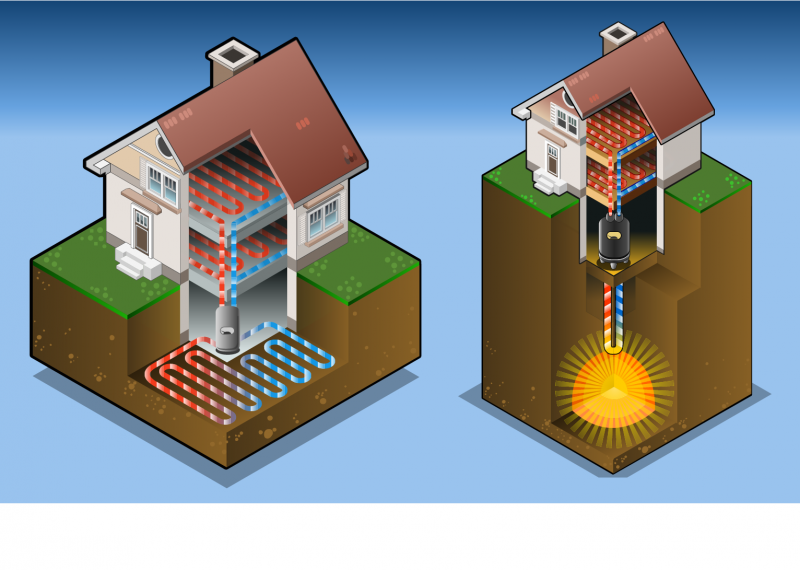Tapping Underground Energy with Heat Pumps

Heat pump diagram (valigursky, iStockphoto)

Heat pump diagram (valigursky, iStockphoto)
6.00
How does this align with my curriculum?
Curriculum Alignment
AB
9
Knowledge and Employability Science 8, 9 (revised 2009)
Unit D: Electrical Principles and Technologies
NT
9
Knowledge and Employability Science 9 (Alberta, Revised 2009)
Unit D: Electrical Principles and Technologies

